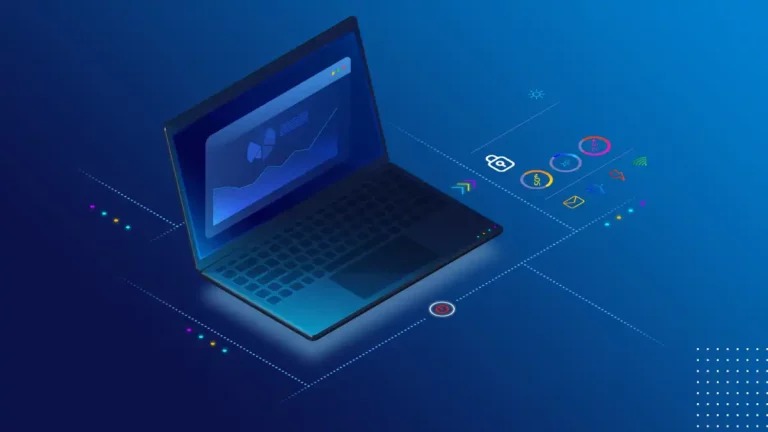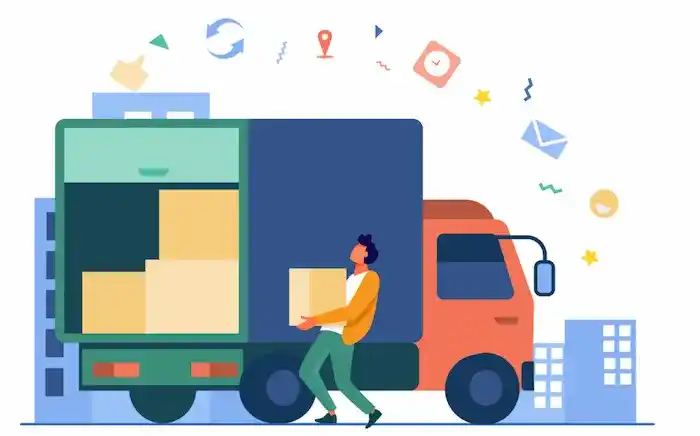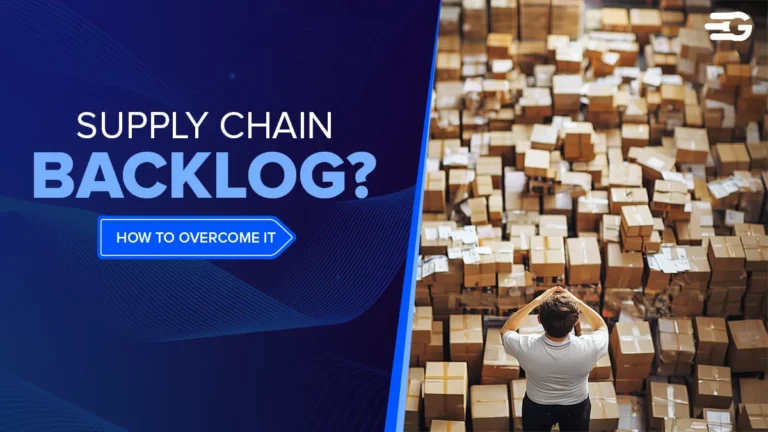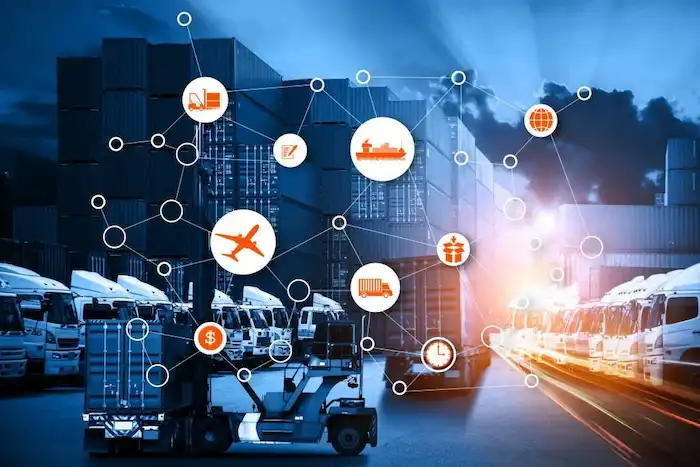5 Digital Procurement Transformation Areas for Digital Procurement Strategy
In today’s fast-moving digital age, freight procurement stands to gain a great deal from digital procurement transformation – and, the sooner logistics companies begin their journey, the better. Automating your freight procurement from end to end enables an unmatchable performance and drives ROI to a major extent.
The latest tools in the digital procurement field boast of superior results by taking data-driven decision-making to the next level and enabling the procurement teams to always be a step ahead.
A recent research report published by the Hackett Group that is slightly worrisome is titled “The CPO Agenda: Keeping Pace with an Enabling Enterprise-Level Digital Transformation,” which consisted of a survey in which 180 large companies in the US and overseas participated.
The research stated that just 32% of the procurement organizations have implemented a digital procurement strategy – and only 25% have the requisite skills and resources. This is in sharp contrast to the study’s findings that nearly 85% of all procurement organizations believe that digital procurement transformation will be instrumental in changing the way they deliver services over the next three to five years.
Now is the time for the logistics industry to push towards a future where digital procurement departments can begin to implement technology, software, and processes that help them work smarter, better, and faster in the ever-evolving business environment.
Elements for Digital Procurement Transformation
To drive a competitive edge against your competitors, freight procurement teams must be aware of the latest technological advancements. Here are some key areas that need to undergo digital procurement transformation at the earliest.
- Embrace a digital procurement transformation strategy
Shipping companies need to start actively pursuing digital transformation in their procurement processes. This will enable them to capitalize on cost cuts, data accuracy, valuable analytics, and other benefits of new supply chain technologies.
Any effective digital procurement strategy should include assessing the company’s current digital transformation status, the inventory of selected digitization projects, the costs of implementation, impact, and benefits of these projects. It should also involve monitoring and evaluation of project performance and strategy effectiveness at every stage.
- Build a procurement-as-a-service portfolio
Enabling procurement to take into consideration all the needs of stakeholders, will facilitate streamlining of the entire buying experience. The previously mentioned Hackett Group’s report puts forth the fact that procurement organizations focus on establishing purchase-to-pay and sourcing offerings – thereby, increasing procurement’s value to the company. To further increase this value, the organization should be rebranded to reflect overall awareness of its functions.
- Leverage Big Data for predictive analytics
Procurement should aim to leverage big data analytics for better insights. They filter vast quantities of information from many disparate sources. Big data is a trend that’s widely growing as new tools enable companies to collect vast amounts of data and generate valuable insights from it.
In the procurement space, big data analysis helps you find areas for improvement. Companies are also starting to leverage predictive analytics in the freight procurement process to identify revenue-generating areas, prevent supply chain disruptions as well as search for new market opportunities.
- Procure the right talent for various roles
The acquisition of skilled and talented labor at the best rates is way more complex than simply purchasing generic computers or office equipment or any hardware for that matter. Getting well-suited people on contract for your projects is critical, but according to a 2017 CareerBuilder survey, as much as 75% of employers claim that they’ve hired the wrong person for a position before. These labor mismatches run up procurement costs and need to be optimized.
A digital transformation in procurement facilitates the procurement and human resources (HR) teams to hire and retain the right talent for any project. Procurement and HR officials can harness artificial intelligence tools to quickly and accurately match contingent workers with project positions based on predefined experience, credentials, and work criteria.
- Make use of Robotic Process Automation(RPA) technologies
Procurement teams are now looking at technology that can automate tasks throughout the procurement process, from purchasing processes to processing their company’s demand to approving payment to suppliers to simple data entry. RPA tools serve to effectively automate the already manual tasks of human workers, especially in the inventory management field. There is a huge scope of RPA opportunities across the procurement value chain and several organizations are already adopting these technologies to grow automation and compliance.
Logistics organizations that leverage their digitization efforts in their overall business and freight procurement goals are much more likely to be successful and stay relevant, even in times of a pandemic. Digital transformation in procurement is a long-term investment and will change the fundamental way in which shipping companies carry out their operations.
Digital Procurement Transformation Cannot be Ignored
Traditional procurement functions still deliver on cost savings but a shifting focus on digitization also improves procurement efficiency and performance measurement. This can affect your company’s bottom line in a major way. Reach out to us to find out how to embark on your digital transformation journey here.






